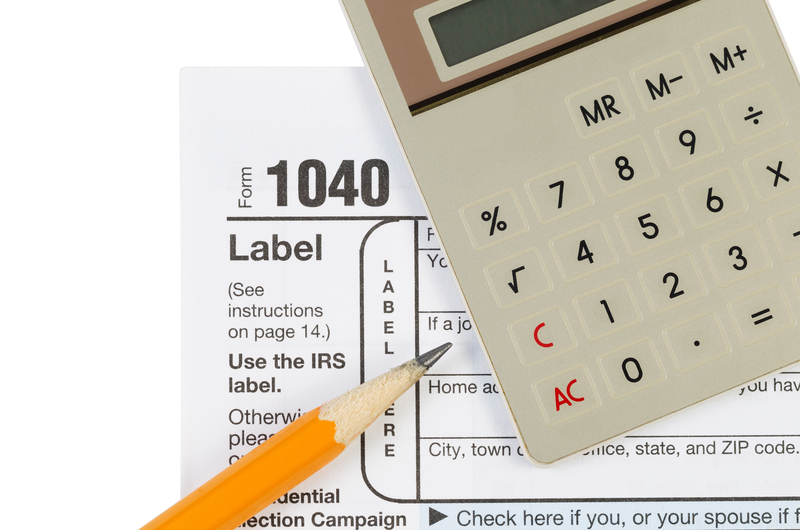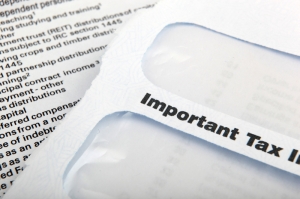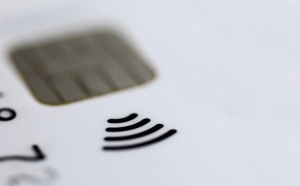
The Internal Revenue Service (IRS) recently announced that the 2020 federal income tax filing deadline for individuals would be extended from April 15th to May 17th in response to the ongoing recovery efforts surrounding the COVID-19 pandemic, and to help provide taxpayers some ongoing relief.
In the midst of tax season, it’s important to be reminded that there is often an increase of fraud attempts and tax scams. Annually, the IRS shares and emphasizes certain scams that may be of risk to taxpayers. This year, scams related to Coronavirus tax relief continue to target taxpayers.
Here are a few things to be on the lookout for this tax season, as extensions can create confusion and make tax payers more susceptible to fraud attempts. The IRS recently announced the following to be aware of for the 2021 tax filing season:
- Phishing Scams: Taxpayers should be alert to potential fake emails, texts, phone calls, or websites looking to steal their personal information.
- Phone Scams (Vishing): These scam phone calls work hard to instill a sense of urgency, and often threaten arrest, deportation, or some type of retaliation if a tax bill is left unpaid.
- Charity Scams: These schemes share bogus information about a charity to trick people into sending money or into providing personal information. This is often attempted with a fake website, using names similar to legitimate charities, or unsolicited communication.
- Social Media Scams: Social media scams frequently use events (lately COVID-19) to trick people into disclosing personal information. Typically, this involves convincing a potential victim they are dealing with a person they trust via email, text, or social media direct messaging.
- Refund Theft Scams: Refund and Economic Impact Payments (EIP) as provided by the Coronavirus Aid, Relief, and Economic Security (CARES) Act have been targeted in recent scams with identity theft and filing false tax returns to divert funds to the wrong address or bank account.
- Elder Fraud: Seniors are more likely to be targeted and victimized by scammers due to unfamiliarity or uncertainty on how to respond across digital channels.
- Offer in Compromise (OIC) Scams: Misleading tax debt resolution companies can exaggerate chances to settle tax debt through an Offer in Compromise (OIC) and submit false applications for candidates. OIC offers are available for a bill reduction, but taxpayers must typically meet very specific criteria under law to qualify.
- Payroll and HR Scams: Phishing scams are designed to steal W-2 and other tax information. This scheme has increased with many businesses still closed and employees working from home due to COVID-19. W-2 forms contain sensitive information and are highly valuable for identity thieves.
- Ransomware Scams: This cybercrime targets human and technical weaknesses to infect a potential victim’s computer, network, or server. Once infected, ransomware looks for and locks critical or sensitive data with its own encryption.
Consider these preventative tips to keep your personal and financial information safe this tax season:
- Be cautious of communication: Communication requesting personal or financial information – tax related or otherwise, should be treated with caution. The IRS and state tax authorities will never reach out by phone, email, text, or social media.
- Pay attention to how money is requested: The IRS does not require that taxes or bills be paid with a prepaid/reloadable debit card, gift card, or money wires through services like Western Union or MoneyGram.
- Report threatening messages: Calls demanding immediate payment or threatening legal action are more than likely scam attempts. The IRS or state of residence will not call to discuss taxes you owe without first mailing you an official bill.
- Don’t open attachments or click on links: This is especially true if you have suspicions about the communication source you received, which may contain a malicious code or virus that will infect your device. Cybercriminals will often use a phishing email to trick a potential victim into opening a link or an attachment containing ransomware.
- Be wary of rejected file requests due to duplication: If an e-filed return is rejected because a duplicate EIN/SSN is already on file with the IRS, or an unexpected receipt of a tax transcript doesn’t correspond to anything previously submitted – it may be a warning sign of identity theft.
If a tax scam is suspected, report it to your state authorities and/or the Federal Trade Commission here.
Find out more about tax scams from the IRS website here.
Think First because There’s Harm In Not Knowing!
Article Source: CUInsight.com





